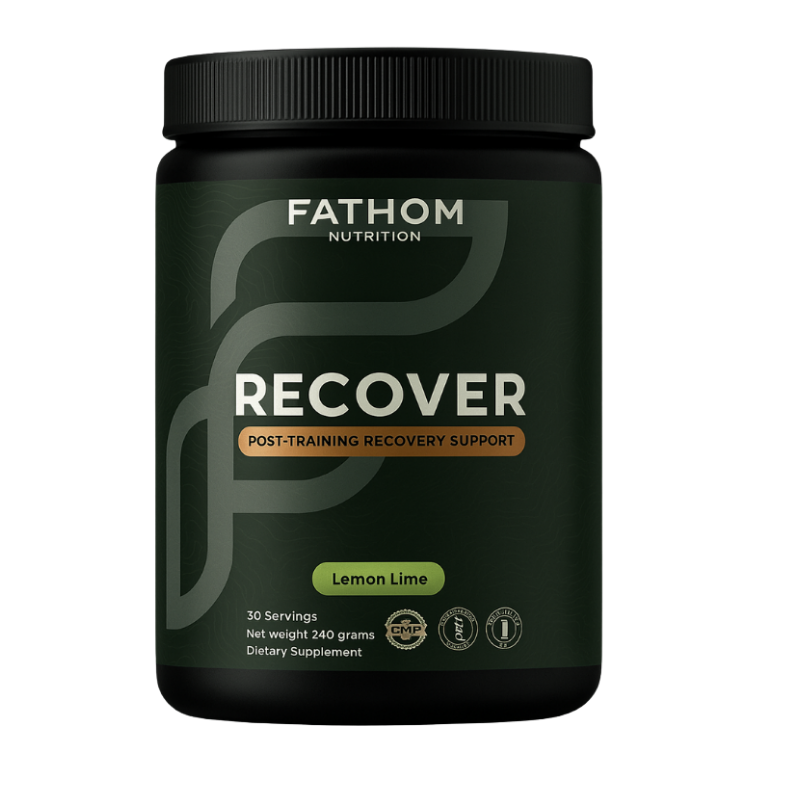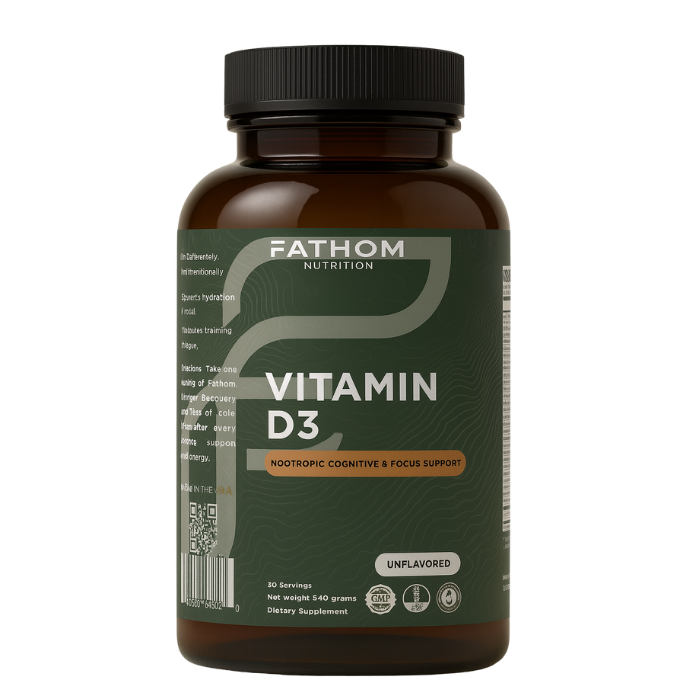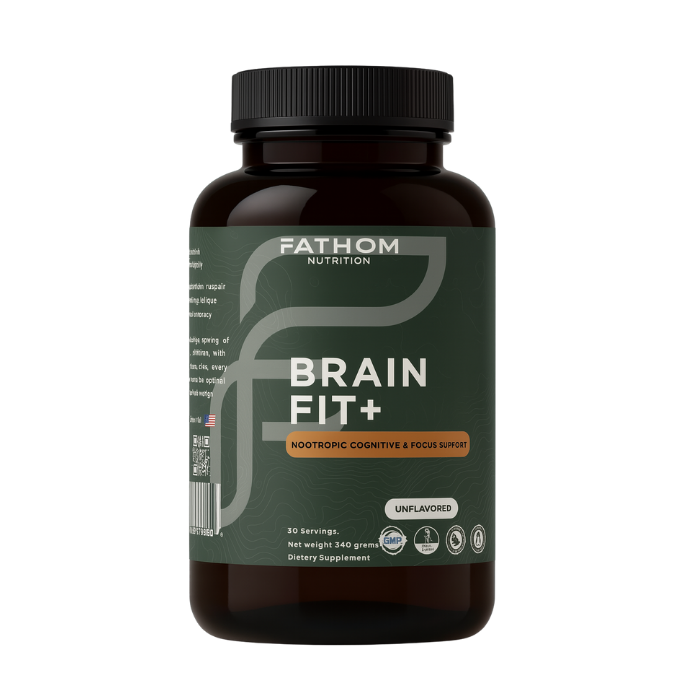Top 10 Tips for HYROX in Hot Weather: How to Adapt, Perform, and Recover in Heat-Stressed Competition

HYROX is already a demanding sport. It’s built to challenge metabolic capacity, muscular endurance, coordination, and resilience across a precisely structured test. When you layer heat on top of that, the physiological cost compounds dramatically. Most athletes underestimate just how quickly the environment can erode performance. The heat doesn’t just make it uncomfortable—it changes how your body processes oxygen, distributes blood, regulates effort, and clears waste products. And unless you train and race with those realities in mind, the system breaks down long before the finish line.
This article is not a collection of surface-level tips. You already know to drink more water and wear light clothes. What we’re after here is a higher-order framework—one that integrates sports science, performance physiology, and actual in-competition experience to help you race better, not just get through it. These ten strategies are drawn from applied physiology, neurobiology, and what I’ve observed over years of studying how athletes respond to heat during hybrid competitions like HYROX.
Because the environment is not just background—it’s load. And like any load, it can be trained for, managed, and ultimately leveraged.
Let’s break it down.
1. Heat Alters Your Lactate Curve—Plan Your Pacing Accordingly
In hot environments, your body is under dual pressure: mechanical work and thermoregulatory stress. Core temperature rises faster, your body shunts blood from working muscle to the skin for cooling, and as a result, metabolic waste accumulates faster. What this means practically is that your lactate threshold occurs earlier. Paces that feel sustainable in cooler temps suddenly drive you above threshold, even if heart rate is only modestly elevated.
If you don’t plan for this, you redline early.
A smart athlete adapts their pacing for heat—not based on external time targets, but on internal effort. Use perceived exertion, not pace, especially during the early running intervals. Once your core temp is elevated, it rarely comes back down mid-race. Don’t burn your buffer in the first two stations.
2. Optimize Core Temperature Before the Race Starts
Once your core temperature climbs, your physiological options shrink. Heat creates a bottleneck for performance by raising RPE, decreasing time to exhaustion, and compromising neuromuscular control. But one of the most effective ways to extend performance in heat is pre-cooling.
Start 30 to 45 minutes before your race. Use a combination of cold fluids, ice towels, and if available, cooling vests or crushed ice in a sock placed behind the neck. Menthol mouth rinses have also been shown to reduce thermal perception and increase endurance in the heat.
Your goal is not to feel cold. It’s to delay the rise in core temperature long enough to get deeper into your race before the real physiological drag sets in. This is one of the simplest ways to buy yourself more usable intensity during the first half of a HYROX event.
3. You Need More Carbohydrate Than You Think
Heat shifts substrate preference. The body moves toward carbohydrate metabolism because it's faster and produces more usable ATP per liter of oxygen consumed. But that comes with a cost: you burn through glycogen quicker, and if you’re not fueling adequately, central fatigue sets in fast.
For HYROX in heat, carbohydrate loading 24 to 36 hours pre-race matters more than usual. Think 7 to 10 grams per kilogram of bodyweight in the final day. But more importantly, you should be fueling during your warm-up and staging period.
Consume 30 to 60 grams of fast-acting carbohydrate 60 to 90 minutes before your start. If you’re delayed at staging in a hot environment, take in another 15 to 20 grams of carbohydrate about 15 minutes prior to starting. Your brain and muscles need that glucose buffer when stress and heat hit at once.
4. You Must Train the System to Handle Heat—Not Just Hope You Tolerate It
Heat tolerance is trainable. The adaptations include increased plasma volume, earlier onset of sweating, decreased sodium concentration in sweat, and improved cardiovascular stability. But they only occur if you deliberately expose yourself to the right kind of heat at the right dosage.
Start at least two weeks prior to race day if you know you’ll be competing in heat. Build in 20 to 40 minutes of moderate-intensity work in warm environments, five to seven days per week. Use indoor bikes or erg machines in a hot room or outside when conditions permit. Avoid max efforts early in the adaptation phase—your body needs to learn to regulate heat, not fight it.
If you wait until race day to adapt to the heat, you’re gambling. But if you use heat exposure as part of your training, you build a system that knows how to respond under stress—not just react.
5. Plasma Volume Is a Performance Variable—Expand It Before You Compete
Your cardiovascular system depends on blood volume to maintain output under heat stress. As you sweat, plasma volume decreases, which increases heart rate and reduces stroke volume. The fix isn’t just hydration—it’s plasma volume expansion.
Two to three days before race day, increase total fluid and sodium intake. Add 1000 to 1500 mg of sodium per liter of fluid, and aim for 3 to 4 liters per day depending on your body size and sweat rate. The day before the race, preload with a sodium-rich beverage like LMNT or Precision Hydration. Combine with a carbohydrate-rich meal to support glycogen and fluid retention.
This is not about drinking to excess. It’s about building a physiological buffer. You want as much blood volume available as possible before you start shedding it through sweat.
6. Know How the Heat Will Impact Movement Quality—Especially in Technical Stations
Heat doesn’t just reduce endurance. It impacts motor control, proprioception, and neuromuscular timing. If you’ve ever felt your sled push go from smooth to awkward halfway through a race, this is likely the cause. Elevated core temperature degrades cortical input to the spinal cord, and fine motor control is often the first thing to suffer.
Plan for this by cueing yourself explicitly in high-skill stations. Practice with heat exposure before race day so your body knows what to expect. Use breath work before wall balls or lunges to stabilize your system and regain cognitive clarity.
And understand that mistakes aren’t just fatigue—they’re often thermoregulation problems in disguise.
7. Fluids Without Sodium Are Not Enough
Sweat is not just water. It’s full of sodium, and the harder you go, the more of it you lose. If you're drinking only water during long sessions or pre-race periods, you risk diluting plasma sodium levels—this can impair muscle function and even increase the risk of hyponatremia.
The fix is deliberate electrolyte strategy. In the final 48 hours before your race, pair every bottle of water with 500 to 1000 mg of sodium. On race day, consume a sodium-rich beverage during your warm-up and consider sipping one during your pre-staging time if conditions are extreme.
Electrolytes aren’t optional in heat. They’re your performance foundation.
8. Airflow and Evaporation Matter—Even Indoors
Many HYROX events are held indoors, but that doesn’t mean airflow is adequate. Heat stress is not just about temperature. It’s about how well your body can evaporate sweat. In still, humid air, evaporation slows dramatically. This raises core temperature and increases perceived exertion.
If you’re training for a hot or poorly ventilated venue, simulate these conditions by training without fans or with limited airflow. Learn how your body feels and paces in these environments. In competition, identify cooling zones or high airflow areas and use them strategically—either between stations or during transitions.
This isn’t just comfort. It’s thermodynamic management. Your cooling system only works if you give it the right conditions.
9. Post-Race Recovery in the Heat Is Not Passive—It’s Protocol
The physiological strain of a hot HYROX race doesn’t end at the finish line. Residual core temperature elevation, systemic dehydration, and central fatigue can last hours. If you don’t recover intentionally, it compromises sleep, immune function, and your ability to train effectively in the following days.
Begin cooling immediately. Get into shade or AC. Use ice packs, cooling towels, or even cold immersion if available. Rehydrate with fluids that include sodium and carbohydrate—aim for 1.5x the fluid lost, if you’ve measured weight before and after. If not, estimate based on duration, sweat rate, and how you feel.
Don’t just “take it easy.” Rebuild your system deliberately.
10. Respect the Psychology of Heat—Because It Will Warp Your Perception
Heat doesn’t just break down physiology. It distorts psychology. You’ll feel slower, heavier, more fatigued than you actually are. RPE will rise quickly. Your internal narrative can shift toward doubt and withdrawal faster than normal.
This is not a failure of mindset. It’s a neurochemical response to heat stress. As core temperature rises, serotonin increases and dopamine sensitivity declines—your brain literally becomes less motivated to continue.
The fix? Build psychological scripts in training. Practice mantras. Cue yourself during stations. Break the race into blocks. Focus on movement, not outcome. Control the frame of the experience when heat tries to unravel it.
Mental resilience in heat is not about toughness. It’s about preparation.
Final Thoughts
HYROX in hot weather is a test of more than fitness. It’s a full-system challenge—biological, neurological, psychological. The athletes who adapt to heat don’t just survive tough conditions. They gain an edge. They train in alignment with the environment, not against it.
The heat doesn’t care about your splits. But it will reward your systems thinking, your recovery strategy, and your ability to regulate output under stress.
This is what separates durable athletes from seasonal performers.
Build systems that thrive under heat. Then go race.











